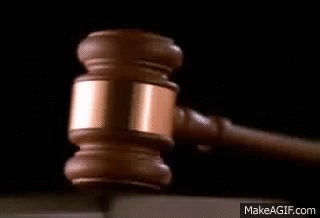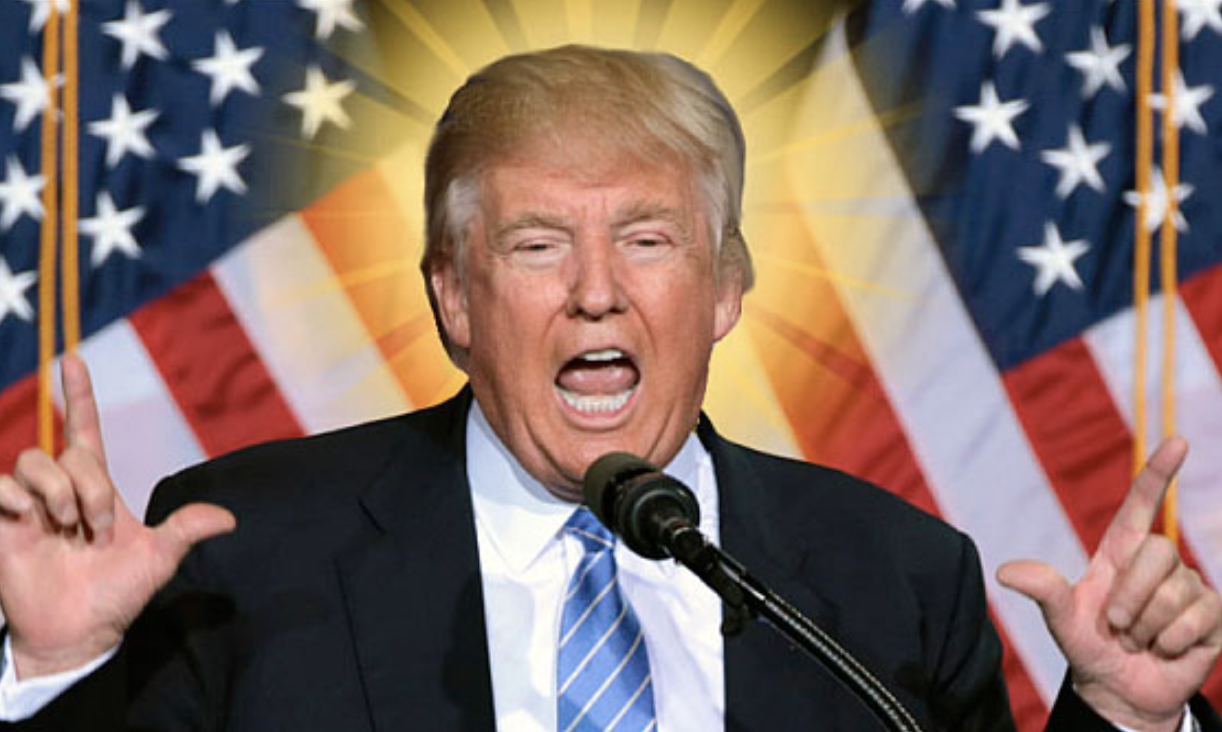Yes, to all of those who have written — I have seen the National Public Radio feature that ran with this headline: “Orthodox Christian churches are drawing in far-right American converts.”
It would be hard to imagine a more vicious, one-sided propaganda piece than this one and, if you want to see a blow-by-blow breakdown, read this post by Orthodox convert Rod Dreher: “The Cathedral Vs. The Orthodox Church.”
Rod is using the term “cathedral” as a reference to a particular set of elite media and cultural institutions on what used to be called the “left.” Needless to say, NPR — like the editorial pages of The New York Times — plays a crucial doctrinal role in this cathedral. Dreher (a close friend for nearly 30 years) notes, right up top, concerning this NPR sermon:
… I concede that it is based on a kernel of truth: some outsiders are finding their way to Orthodoxy, thinking that it will be the far right at prayer. A friend who attends a large parish told me last year that they are seeing some young men showing up with that in mind, only to find out otherwise. Let me be clear at the start of this essay that I concede that this phenomenon is not invented out of whole cloth.
In my own small parish, we have seen a surge of young inquirers, but they are coming not with far-right politics in mind, but because they are looking for something more stable and deeper than the churches they had been attending. And yes, it is true that some come because they correctly sense that Orthodoxy is much less likely to surrender to the wokeness that is infesting many Protestant and Catholic congregations. Note well, though, that to NPR, all of this is “far-right.”
Veteran GetReligion readers will know that I am a convert to Eastern Orthodoxy, as well — coming from a Texas Baptist family with several members in the center of Southern Baptist life. If you want to know more about my own journey, see this lecture/essay from 2006: “What do the converts want?”
When people ask why I converted, my short response is that I was seeking a beautiful, conservative, ancient form of Christian tradition that didn’t include ties to American fundamentalism. Since my conversion 23 years ago, I have talked to — conservative estimate — several hundred converts in various settings, including my own parishes.
I would like to focus on the most obvious errors of omission and commission in the NPR piece — an important detail or two about the actual history of the “convert era” in “American” Orthodoxy, which began in the 1980s (click here for link to a crucial book). But first, here is the overture:










